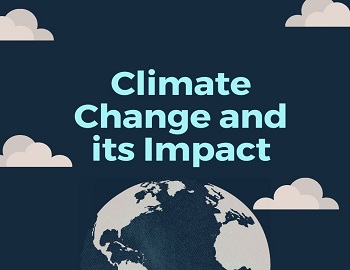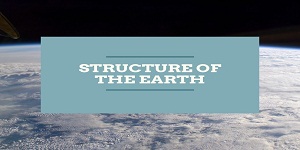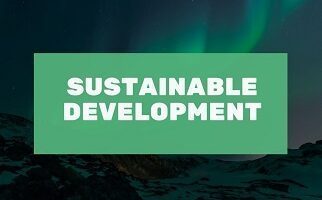Climate Change:
Climate is the average weather of an area. It is the general weather conditions, seasonal variations and extremes of weather in a region. Such conditions which average over a long period- at least 30 years– is called climate.
Climate can change naturally for a variety of reasons. Some of the driving factors of climate change operate at time scales of hundreds of million years, whereas others fluctuate over a time period of only a few years. The major driving factors of climate changes are-
- Changes in the composition of the earth’s atmosphere (especially atmospheric CO2 level).
- Changes in topography, land-sea geography and bathymetry of the ocean.
- Changes in solar luminosity.
- Changes in the earth’s orbit.
- Changes in earth’s volcanic activity.
- Changes in internal variability of the atmosphere-ocean system.
In addition, human-induced causes also accelerate the climate changes viz., increased concentrations of well-mixed greenhouse gases, changes in the ozone (O3) concentration, increasing concentration aerosol and changes in the land surface.
The Intergovernmental Panel on Climate Change (IPCC) in 1990 and 1992 published the best available evidence about past climate change, the greenhouse effect and recent changes in global temperature. It is observed that the earth’s temperature has changed considerably during geological times. It has experienced several glacial and interglacial periods. However, during the past 10,000 years of the current interglacial period, the mean average temperature has fluctuated by 0.5-1°C over a 100 to 200 year period. We have a relatively stable climate for thousands of years due to which we have practised agriculture and increased in population. Even small changes in climatic conditions may disturb agriculture that would lead to the migration of animals including humans.
Man-made activities are upsetting the delicate balance that has established between various components of the environment. Greenhouse gases are increasing in the atmosphere resulting in an increase in the average global temperature.
This my upset the hydrological cycle, result in floods and droughts in different regions of the world, cause sea level rise, changes in agriculture productivity, famines and death of humans as well as livestock.
Impact of Climate Change:
Potential impacts of climate change are as follows-
- The total amount of global rainfall may increase, although there will be regions that may receive less rainfall than before. The El Nino effect, which invades the world’s oceans and continents every decade, is suggested to get a big boost by the rise in temperature of the atmosphere.
- Demand for irrigation is likely to increase in all regions, leading to higher competition for existing water resources. An increase in temperature may also result in a higher amount of evapotranspiration, which may lead to an increased frequency of droughts and demand for irrigation.
- Pest, disease, and weed are early indicators of climate change, which will potentially alter the pest/weed-host relationship by affecting- pest/weed population, host population, pest/weed-host interactions.
- Ranges and populations of agricultural pests, which are currently limited by temperature, may change. A higher temperature may increase diseases and heat stress. Some livestock diseases that are limited to tropical countries at present, such as Rift Valley fever and African swine fever, may spread, causing serious economic losses.
- Melting of glaciers and the release of the resultant cold water in large quantities could affect the major sea currents in the Atlantic Ocean. The ocean currents of the Atlantic in fact act as a heat conveyer of the planet regulating the global climate. If this heat conveyer is interrupted, the northern hemisphere could plunge into an ice age and the southern hemisphere will be facing severe droughts. In general climate change is likely to make the weather more unpredictable in the coming years. Current models indicate that an increase in the average atmospheric temperature of 3°C would raise the average global sea level by 0.2-1.5 meters over the next 50-100 years. In India, the Lakshadweep Islands with a maximum height of 4 meters above sea level may be vulnerable.
- There may be more warming up in higher altitudes during later autumn and winter, than in tropics. In the tropics, the expected rise would be less than the global average and in temperate regions, more than the global average.
- Climate change may reduce average crop yields and lead to decreased yield stability. Although some plants may increase photosynthesis because of higher temperature and carbon dioxide, all plants will not be benefited.
- Increased temperature coupled with reduced rainfall may lead to upward water movement, resulting in the accumulation of salts in upper soil layers.
- Climatic change may further reduce the organic matter content of the soil, which is already quite low in most parts of the world, and may also affect its quality. An increase in atmospheric CO2 concentration may compensate for increased decomposition of soil organic matter, but the net balance would depend upon the carbon inputs and losses.
- Biological nitrogen fixation under the elevated concentration of CO2 may show an increase, provided other nutrients are not limiting.
- Change in rainfall volume and frequency, and wind may alter the severity, frequency and extent of soil erosion.
- Global climate change may accelerate desertification if the higher temperature increases the evaporation or if rainfall decreases.









Comments (No)